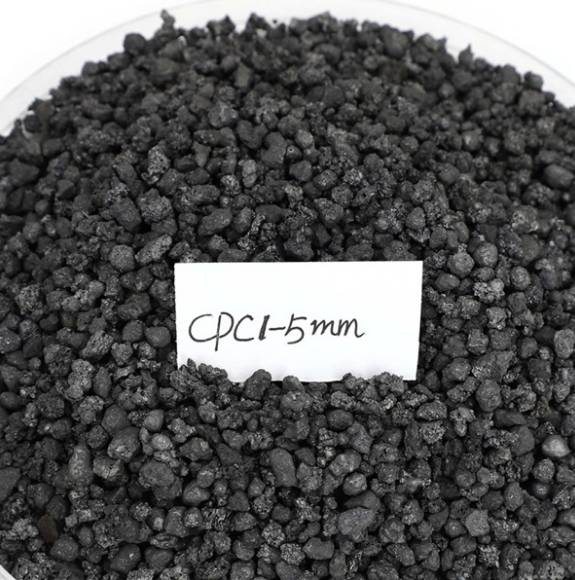
Petcoke (also known as coal coke) is the carbonaceous waste product of the oil refinery process. In addition to being used as carbon for graphite electrodes, it is also used in many industrial applications. In order to maintain a safe and effective use, it's important that calcined petrol coke meet the required quality specifications. A quality test is an integral part of any production cycle. This involves putting the product through stress in order to determine how it will perform under real-world circumstances.

As a by-product of petroleum refinement, petroleum cokes can be classified in two ways: green delayed petroleum (green coke), and calcined Petroleum Coke (CPC). The material that is unprocessed (green coke) has a higher moisture content and volatile matter. This material is "calcined", which removes these volatile materials, and increases its carbon content. This is carried out in rotary ovens. CPC with no residual hydrocarbons is hard and dry. The carbon can be transformed into a variety of products, including ammonia brick, glass, fuel, titanium oxide for paints and coats, graphite electrodes, and paints.
CPC for aluminum smelting must have a very low metal and sulfur content and meet certain physical specifications. CPC's vibrated mass density (VBD) is one property which has a direct impact on the porosity. In the case of GPC, a lower VM results in higher VBD.
To determine the BDV, a representative sample of the coke is ground to a fine powder. Powder is placed in Pycnometer, taking care to prevent particle agglomeration. The device has to be calibrated and coke vibrated in order to get the true density. The relative value obtained correlates to the CTE determined for coke.
This method is used to quickly and reliably determine the CTE for a given sample. It can also be useful as part of online quality assurance processes. It is also useful for monitoring a coker to ensure optimal coking conditions. The CTE is also measured using the technique on small research scales of coke, which would be too small for other CTE measurement techniques. In addition, pellets can be used as a way to relate the CTE to a value already determined. This facilitates a quick and reliable comparison among different batches. It is especially useful for evaluating the performance a newly developed or modified coking procedure. The emissions of PM10, CO2, SO2, and NOx are all below air-quality standards. The emissions of this process are not harmful to the human body.

Write a Message